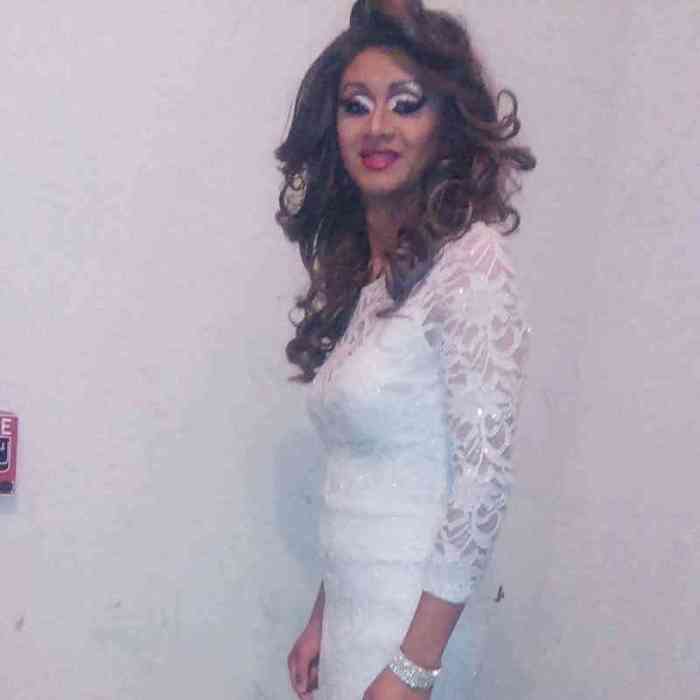A Nassau County Family Court judge has ruled that despite New York’s 2011 marriage equality law, a lesbian co-parent cannot claim parental rights for a child born prior to her marriage to the birth mother.
Tragically, in the wake of this ruling, a neglect proceeding against the birth mother has put the three-year-old child into foster care — rather than the custody of his other mother.
In a June 30 ruling, which was not published until July 23, Judge Edmund M. Dane rejected the joint custody petition of the co-parent, identified as Jann P., who married her wife, Jamie P. in 2012, the year after Jamie gave birth to the child, John. Dane’s opinion does not make clear whether the women were living together at the time of John’s birth or if the boy was conceived through donor insemination by their agreement. However, the New York Law Journal quoted Jann’s attorney, William Scheeckutz, Jr., as saying that the women were a couple at that time.
Mother who married birth mom before child turned one has no rights according to family court
In August 2013, roughly a year and a half after their marriage, Jann and Jamie signed a separation agreement, which described John as “a child of the marriage” who would be raised by Jann and Jamie, with Jamie apparently having residential custody. Jann was given weekend visitation rights and holidays were to be spent together until a divorce was finalized, when they would be split between the two mothers.
The agreement also provides that “joint custody will be determined at a later date upon further and in depth discussions.” No divorce petition has yet been filed.
In December of last year, Jann went to Family Court seeking custody of John, saying that was necessary to ensure the “mental well being of the child.” In that petition, she identified herself as John’s parent and Jamie as his mother.
Jamie sought to have the petition thrown out, arguing that Jann was not a legal parent of John’s and so, absent extraordinary circumstances, had no standing to seek custody. The attorney appointed to represent the child’s interests also opposed Jann’s petition.
In response, Jann invoked the legal doctrine of “equitable estoppel,” which courts use to block a party from making a legal argument inconsistent with their past actions. Jann pointed to the separation agreement that identified both women as parents and to the fact that she had acted as a parent to John throughout his life.
Dane recognized the significance of the issue Jann’s petition raised — one that “the courts and legislature of this State will likely be addressing for some time to come, namely, are there circumstances under which a spouse in a same-gender marriage has standing to seek custody of a child who is not biologically related to the petitioning spouse, but was considered by both spouses to be a child of the marriage?”
The marriage equality act, the judge noted, “took a significant step in redefining long-standing concepts of what constitutes a family under the laws of this State,” but, he added, “it is apparent that this process of evolution is incomplete.”
Responding to Jann’s equitable estoppel argument, Dane looked to precedents from the Court of Appeals, the state’s highest bench, and found such claims could not be asserted. A precedent dating back to 1991 — a case known as Alison D. v. Virginia M. — refused to take any account of modern LGBT family arrangements and gave no legal standing to a parent without biological ties to a child raised by a same-sex couple.
Had Jann been married to Jamie when John was born — and it could be the child’s birth in 2011 came before the July 24 effective date of the marriage equality law that year — she could have relied on the legal presumption that the offspring of a married couple is the child of both spouses.
Alternatively, Jann pointed to New York cases allowing a man who married a woman who already had children to seek to establish parental rights based on the relationship he developed with the children. Here, Dane drew the sobering conclusion that while New York law provides a procedure for establishing paternity, it has no such approach on the question of maternity.
Dane suggested that the Legislature should address this issue, perhaps by amending the Family Court Act to provide same-sex co-parents with the same legal remedies that a man in the same situation would have.
“The inequity of the imbalance of remedies available to the petitioner is highlighted in this case,” wrote Dane, “by the parties’ separation agreement, which clearly indicates that the parties viewed the petitioner as John’s parent, contemplated the possibility of the parties sharing custody of John, and gave the petitioner specific visitation rights.”
Dane pointed out that separation agreements “are not enforceable in Family Court,” but he added that “they may be enforceable in a matrimonial action.” It’s possible, then, that Jann would get somewhere in her quest for custody by filing a divorce petition.
Scheeckutz, Jann’s attorney, told the Law Journal that since Dane’s ruling, John has been removed from Jamie and placed in foster care because of a neglect petition. He said an appeal of Dane’s ruling is planned and that Jann may attempt to intervene in the neglect proceeding.
Jamie is represented by the Legal Aid Society of Nassau County, and attorney Dennis Monahan was appointed by the court to represent John.

































